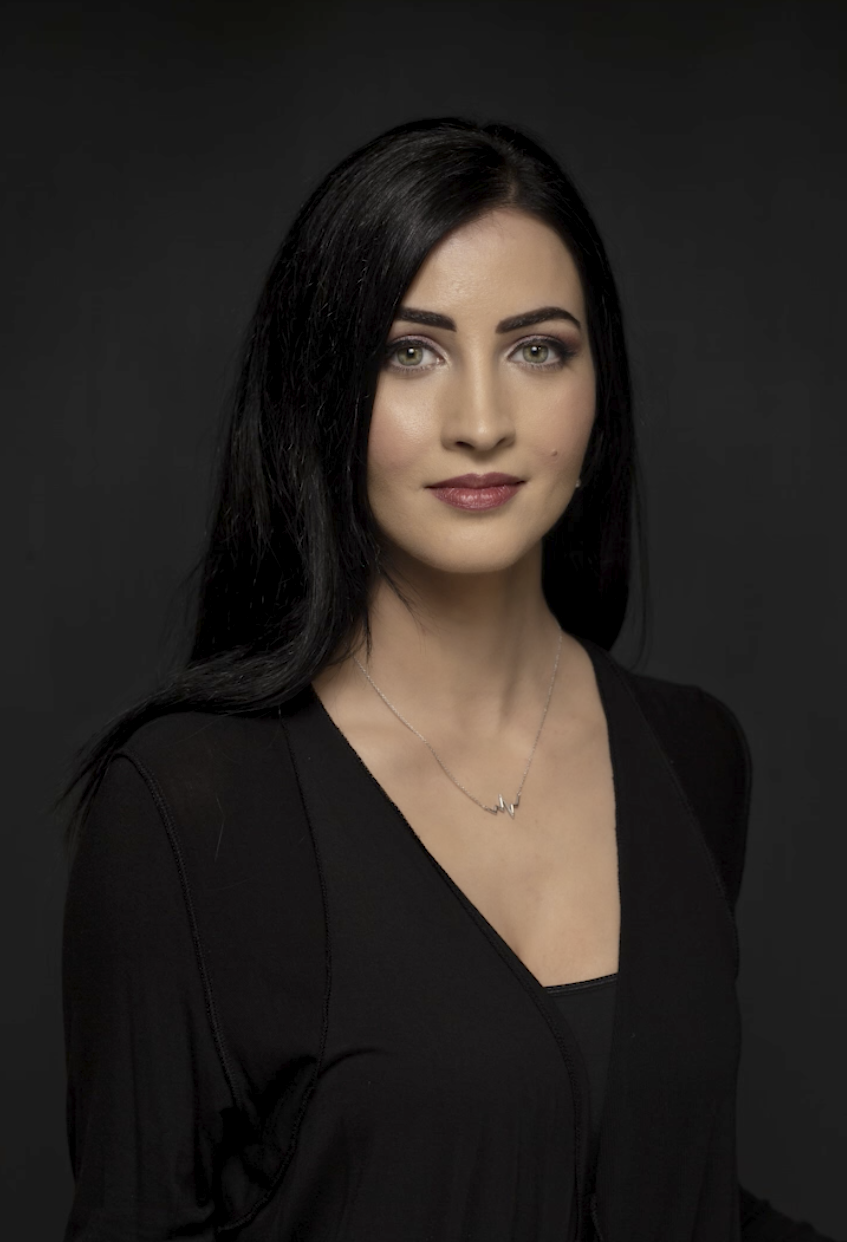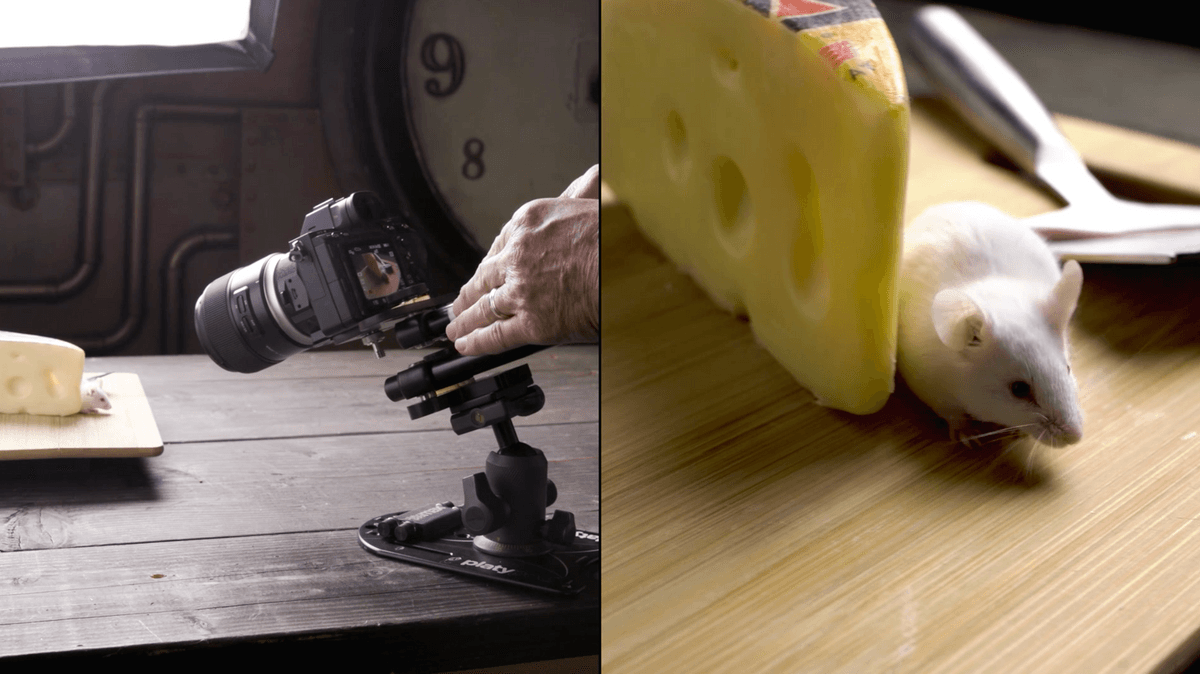Stop shooting on Manual. I’ll tell you why.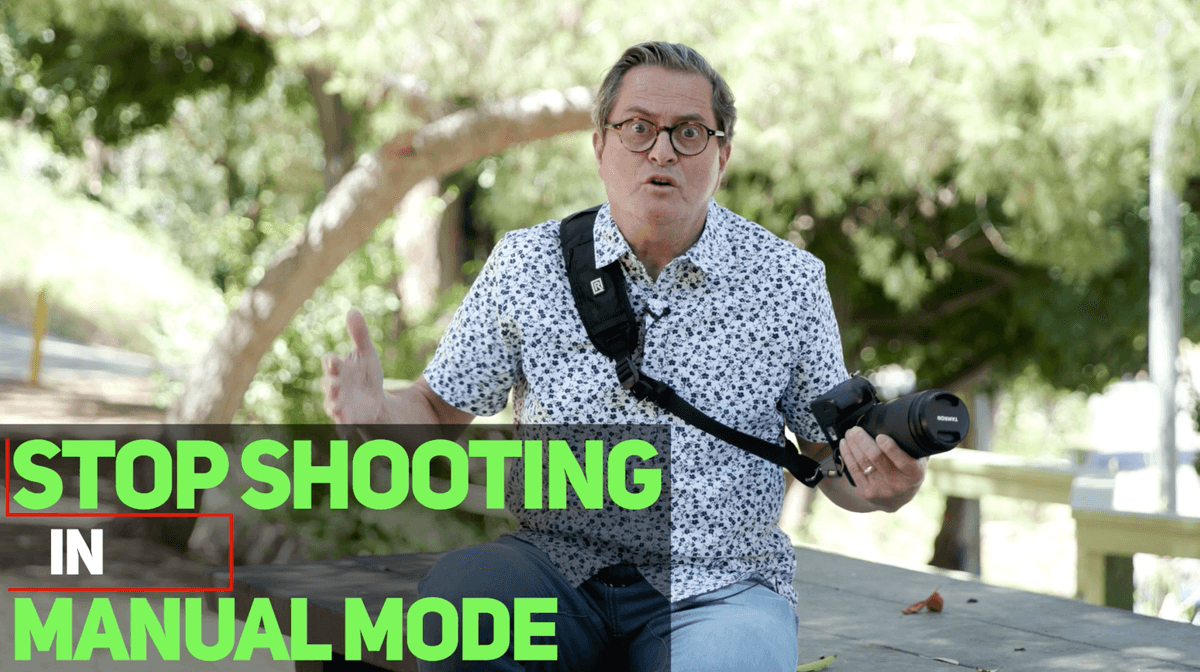
In the beginning it has always been “Shoot on Manual”. You have to have manual focus and manual settings. Everything is manual, manual, manual. That’s the only way you learn.
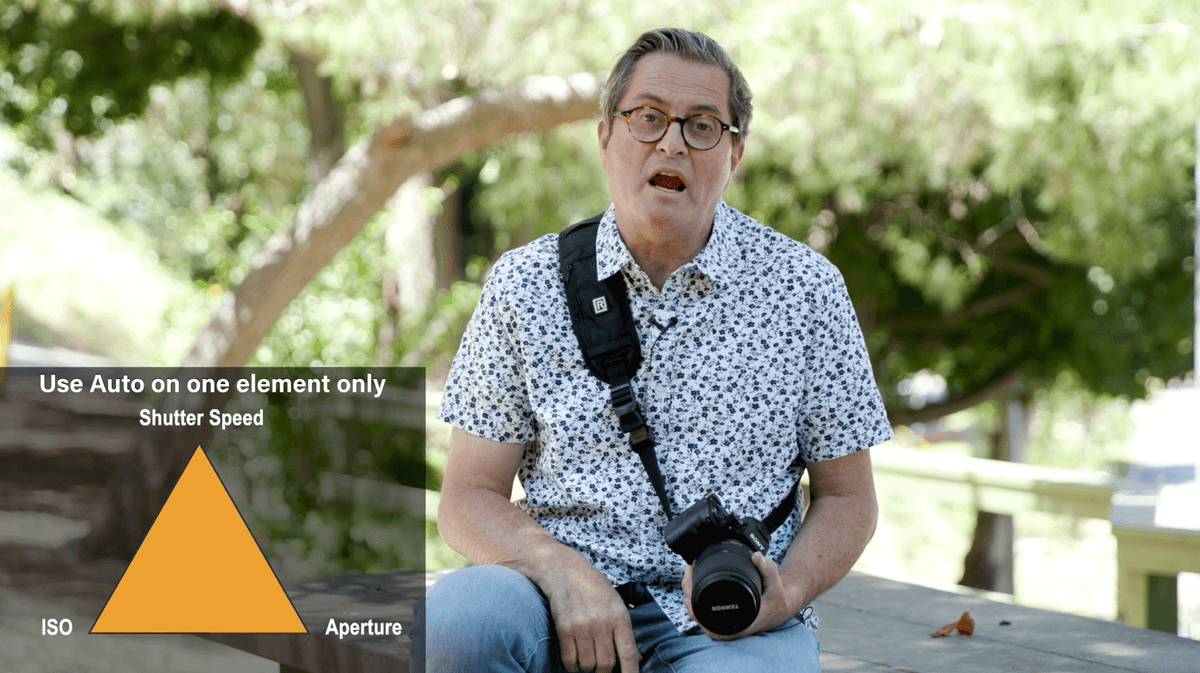
The reality is cameras have become way too good at doing some of these things and we can’t keep up. You can’t keep up when it comes to auto focus. If you are trying to focus on something that is happening fast, you can’t with your hand eye coordination make that focus happen. It is just too hard.
So let’s take a look at several different scenarios where I am using an auto mode on my camera and why I am using it. But remember this, I will only put one aspect of the exposure triangle on auto at any one time. So if I am going to let the camera choose my shutter, I am going to choose my aperture and my ISO. If I am going to let my camera choose my ISO, I am going to choose my shutter and my aperture. I will only put one aspect of the exposure triangle on auto at any one given time. I am never going to turn 2 of those over to the camera because then you really don’t have creative control of your images.
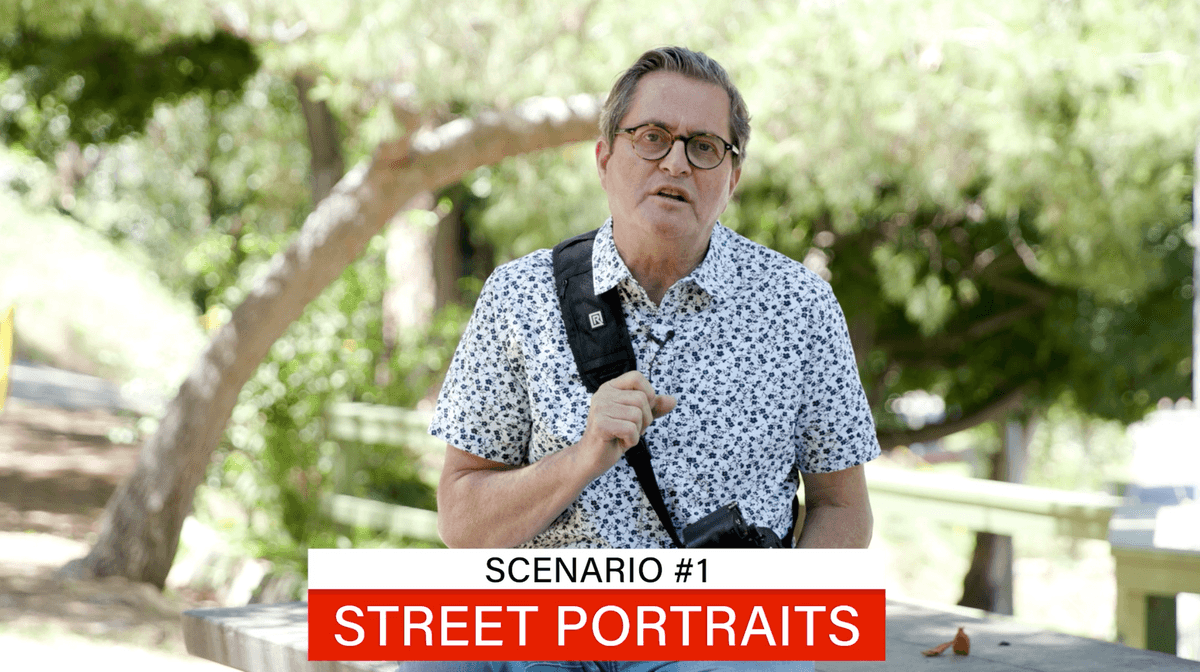 Scenario #1 Street Portraits:
Scenario #1 Street Portraits:
The first scenario is street portraits. I always us aperture priority when I shoot street portraits. 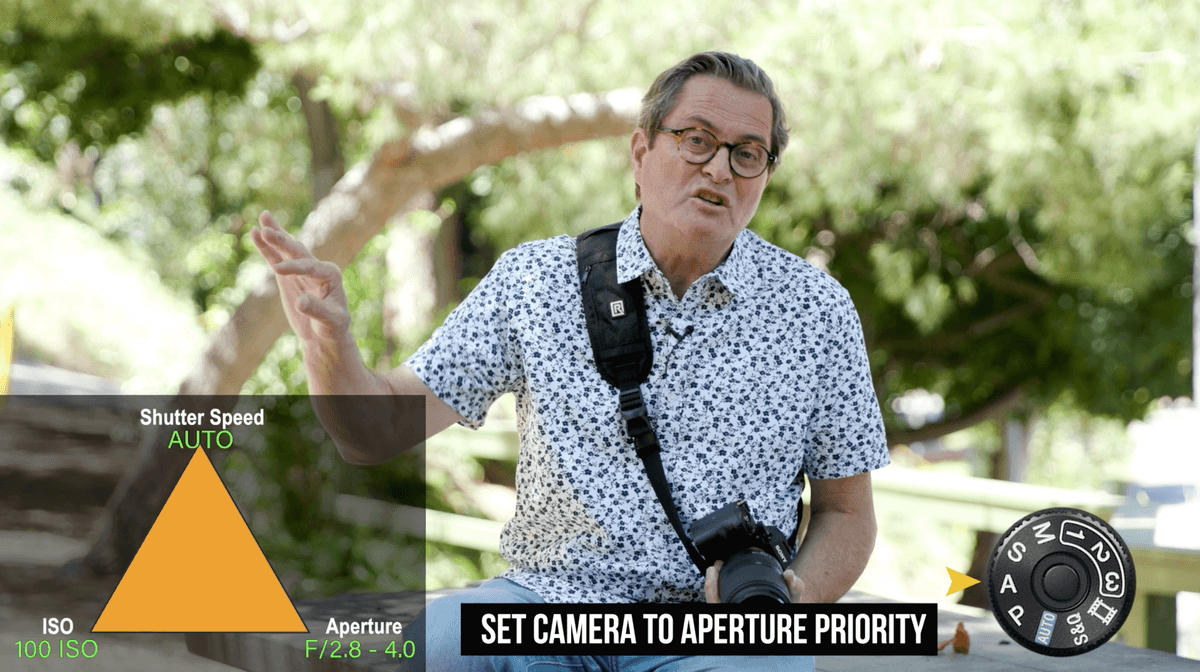 Because I want my aperture to be pretty wide open so the background falls way out of focus. I am going to set my ISO at 100 and I am going to let the shutter be what the shutter wants to be. It just makes it really quick to get a good shot of someone.
Because I want my aperture to be pretty wide open so the background falls way out of focus. I am going to set my ISO at 100 and I am going to let the shutter be what the shutter wants to be. It just makes it really quick to get a good shot of someone. 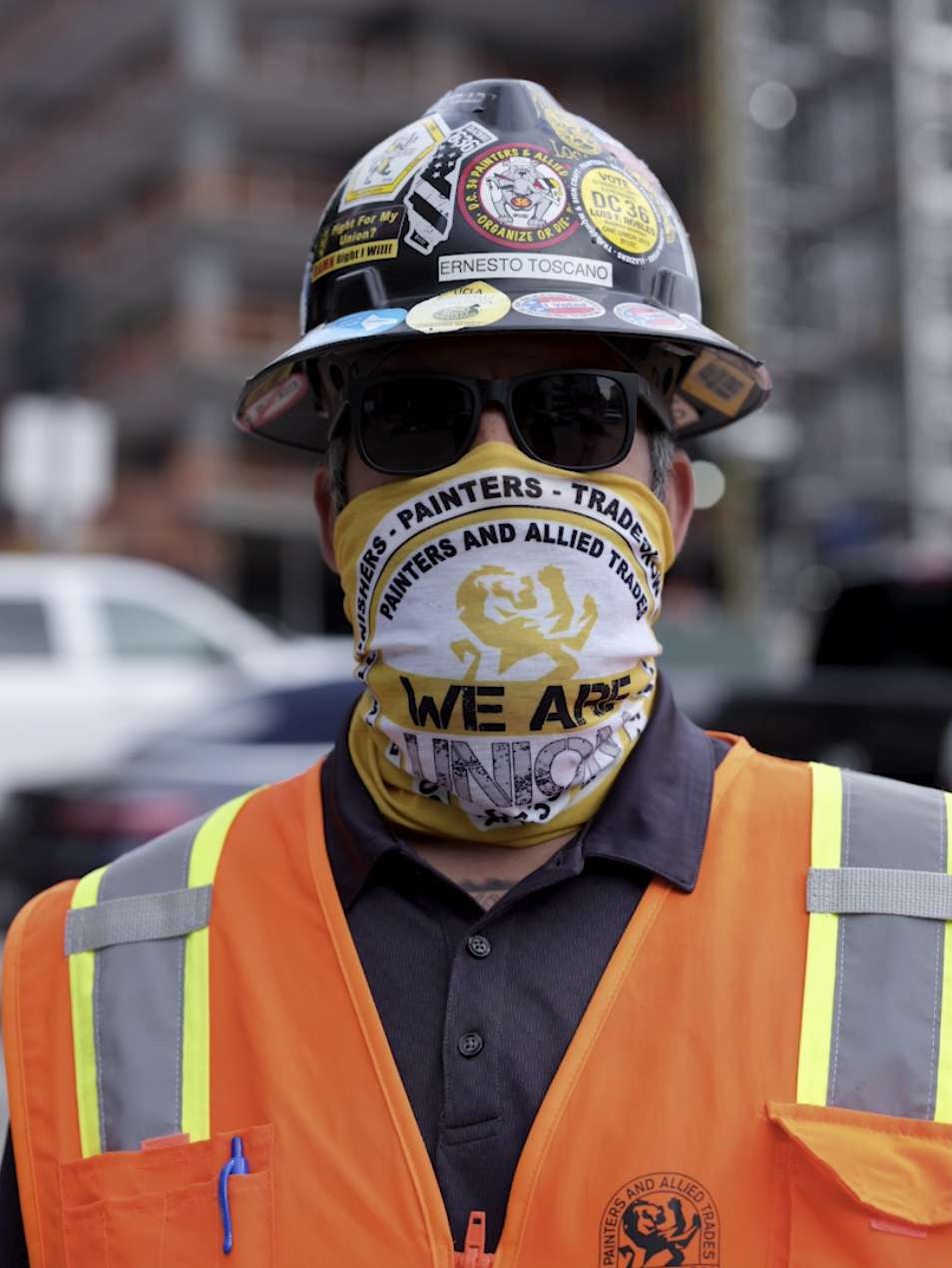
I was shooting a portrait, a tight shot of a person, and I look over to the side and there was a person crossing the street. I quickly aimed, focused, shot and I got a great image of someone crossing the street. I could never have done that fast enough to catch then before they got across the street if I was trying to set my shutter. 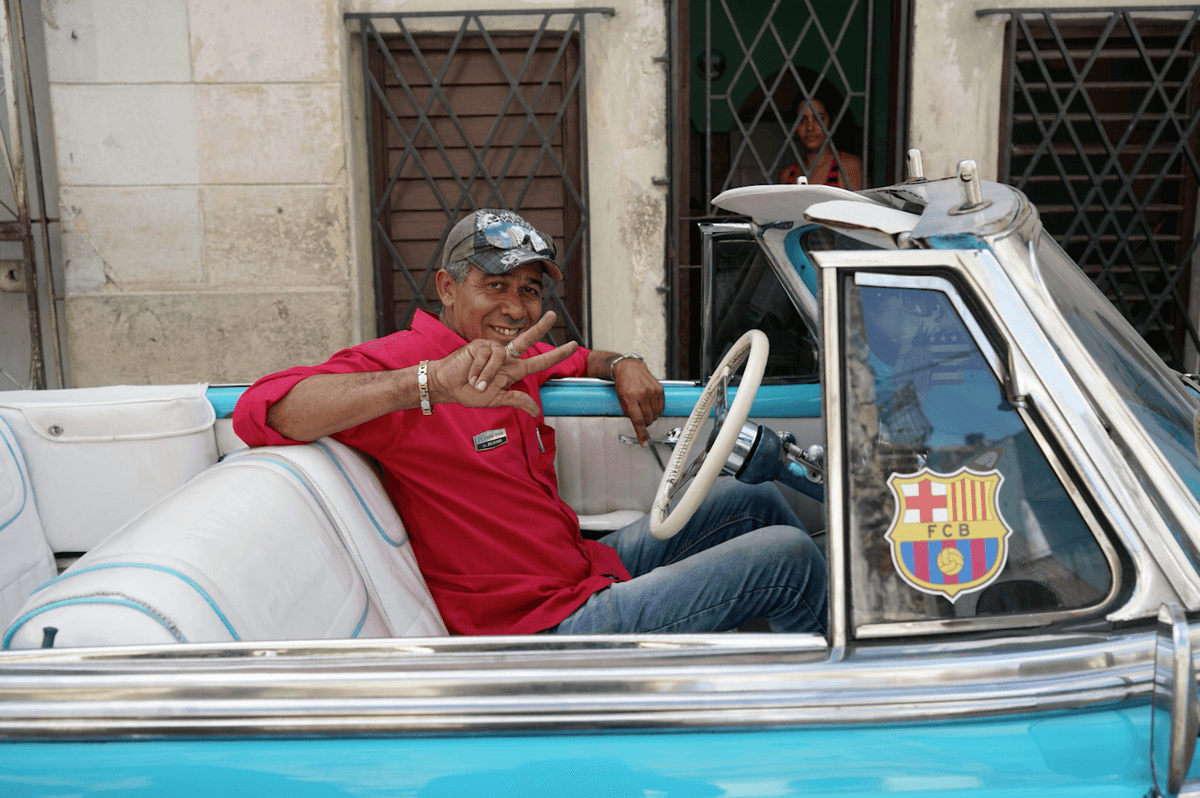 Street portraits are about catching the moment and what is going on in the person’s life so you want to be able to shoot quickly and not miss out on the moment. So shooting in aperture priority allows you to get that quickly and to be able to change quickly to another set-up.
Street portraits are about catching the moment and what is going on in the person’s life so you want to be able to shoot quickly and not miss out on the moment. So shooting in aperture priority allows you to get that quickly and to be able to change quickly to another set-up. 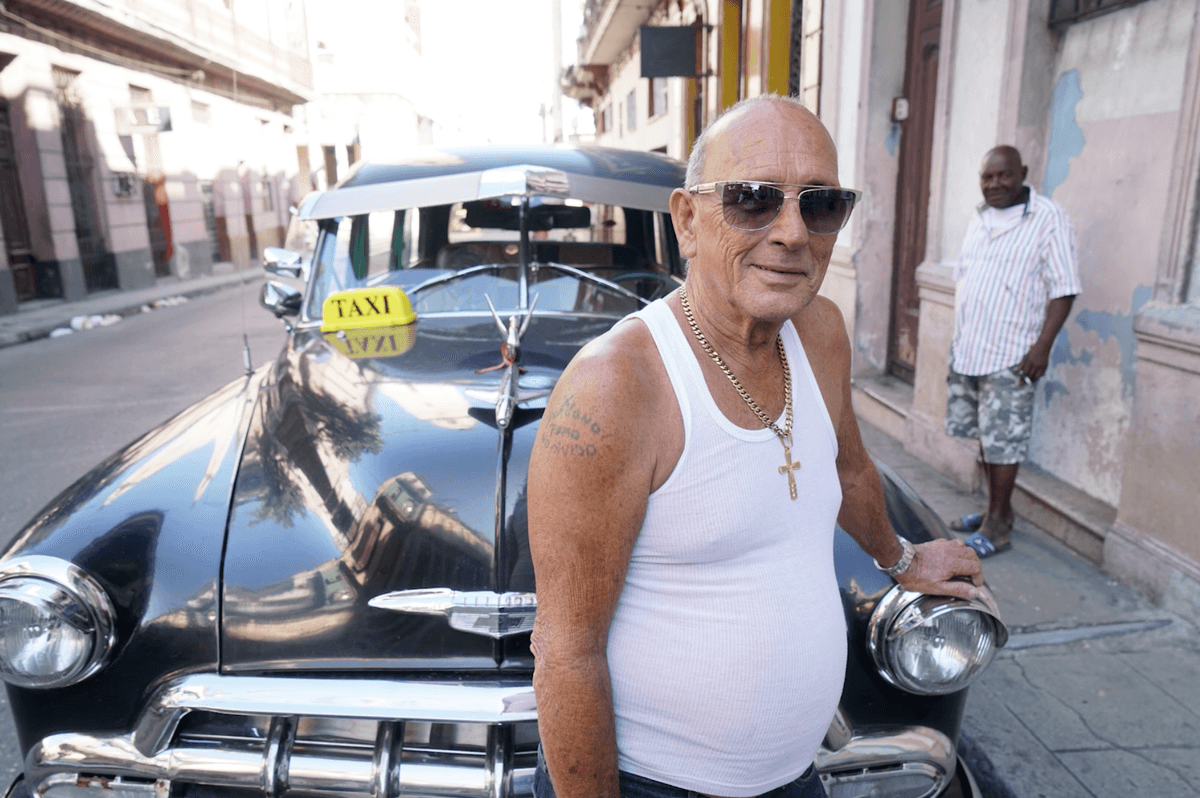 So, aperture priority for street portraits.
So, aperture priority for street portraits.
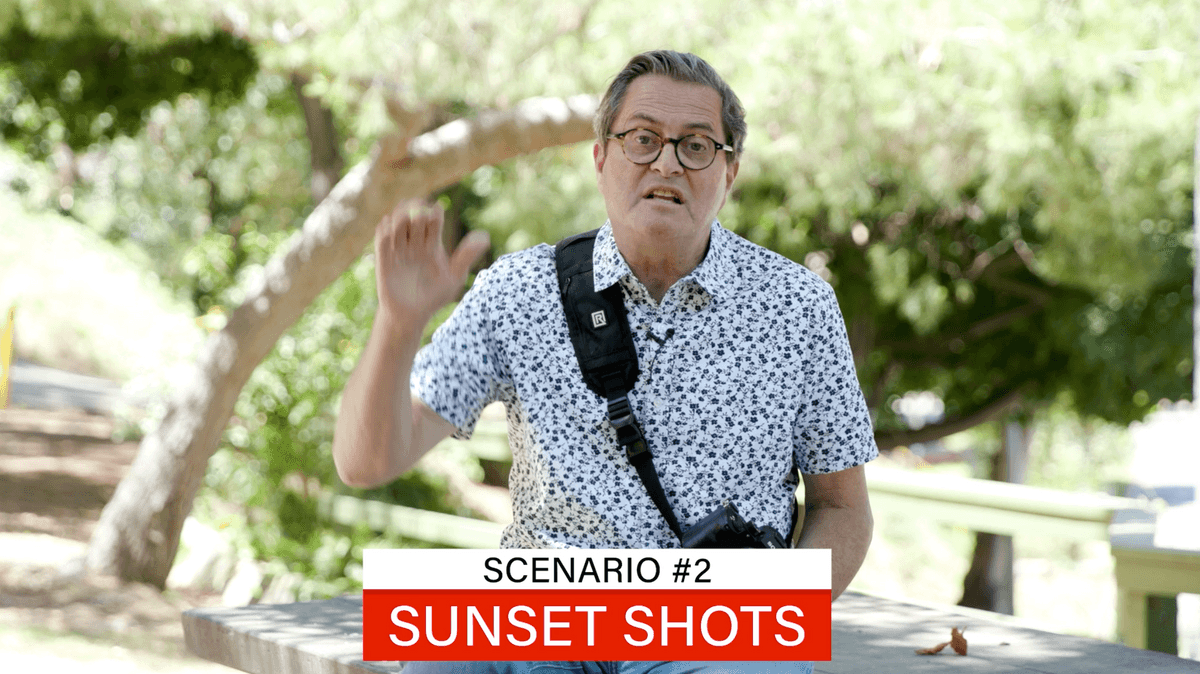 Scenario #2 Sunset Shots:
Scenario #2 Sunset Shots:
Another scenario where I love to use aperture priority is when the sun is going down and I am trying to follow the sun into dark.  I am going to want longer and longer exposure. And it is just easy to put on aperture priority. Then I use 100 ISO and let the shutter get longer and longer as it gets darker and darker.
I am going to want longer and longer exposure. And it is just easy to put on aperture priority. Then I use 100 ISO and let the shutter get longer and longer as it gets darker and darker. 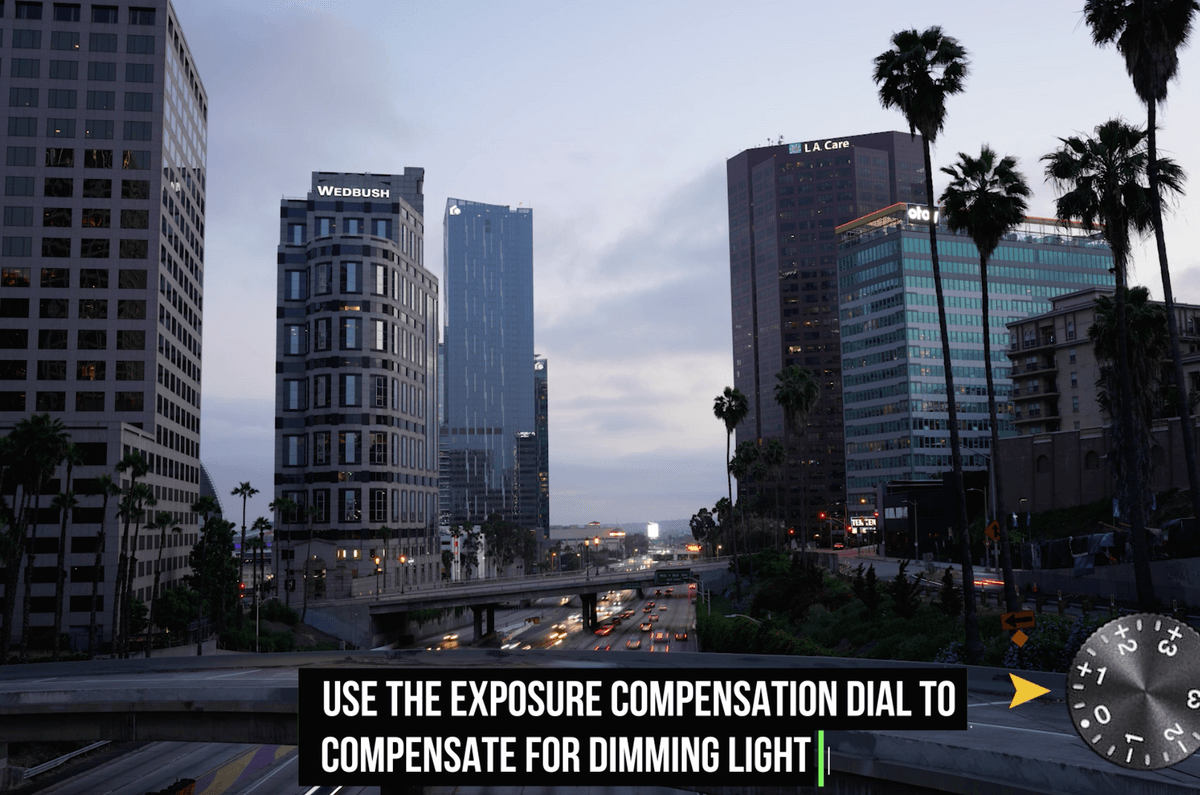 I am looking at the images as I go and I may change the compensation dial if it is looking too bright or too dark. Just to give myself some options. A lot of times I will set that compensation dial at plus two thirds. It just kind of opens the image up a little bit and I like the look of it.
I am looking at the images as I go and I may change the compensation dial if it is looking too bright or too dark. Just to give myself some options. A lot of times I will set that compensation dial at plus two thirds. It just kind of opens the image up a little bit and I like the look of it. 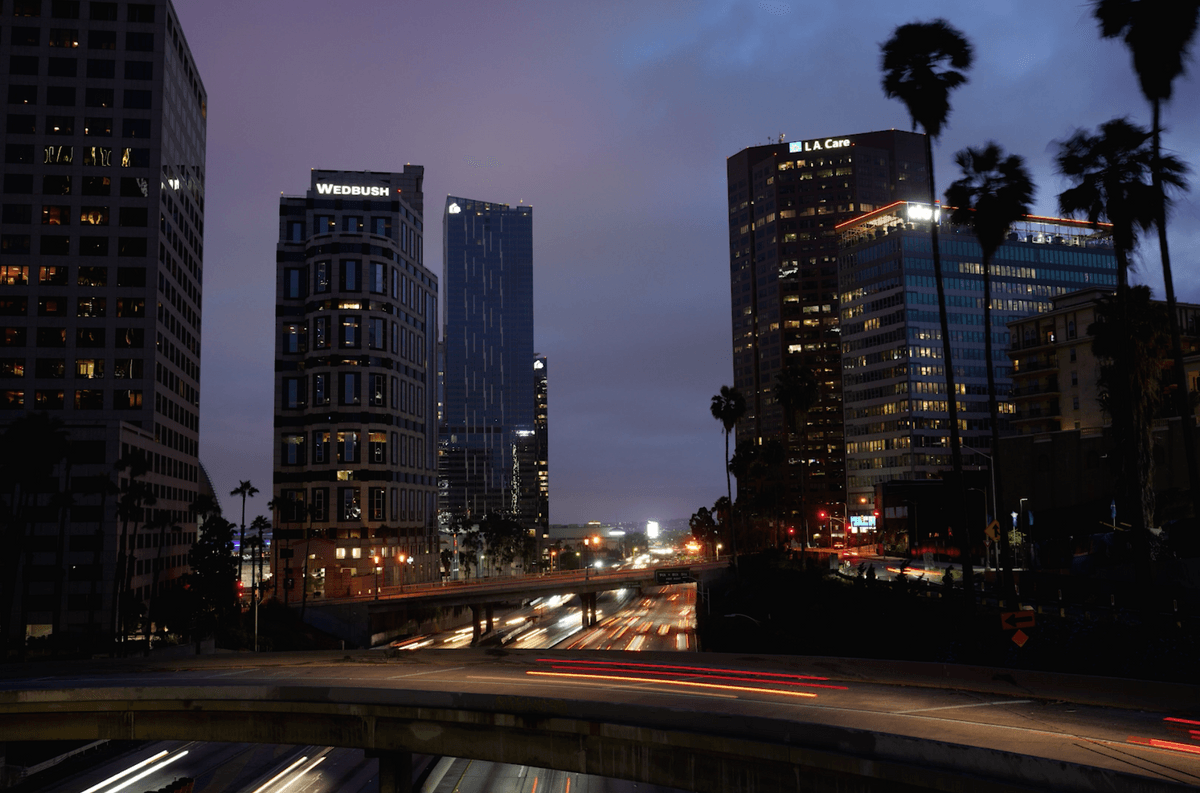 But again, I am only letting the camera control one of the three aspects of the exposure triangle. It is controlling the shutter, allowing it to get longer and longer to be able to get me images into night.
But again, I am only letting the camera control one of the three aspects of the exposure triangle. It is controlling the shutter, allowing it to get longer and longer to be able to get me images into night.
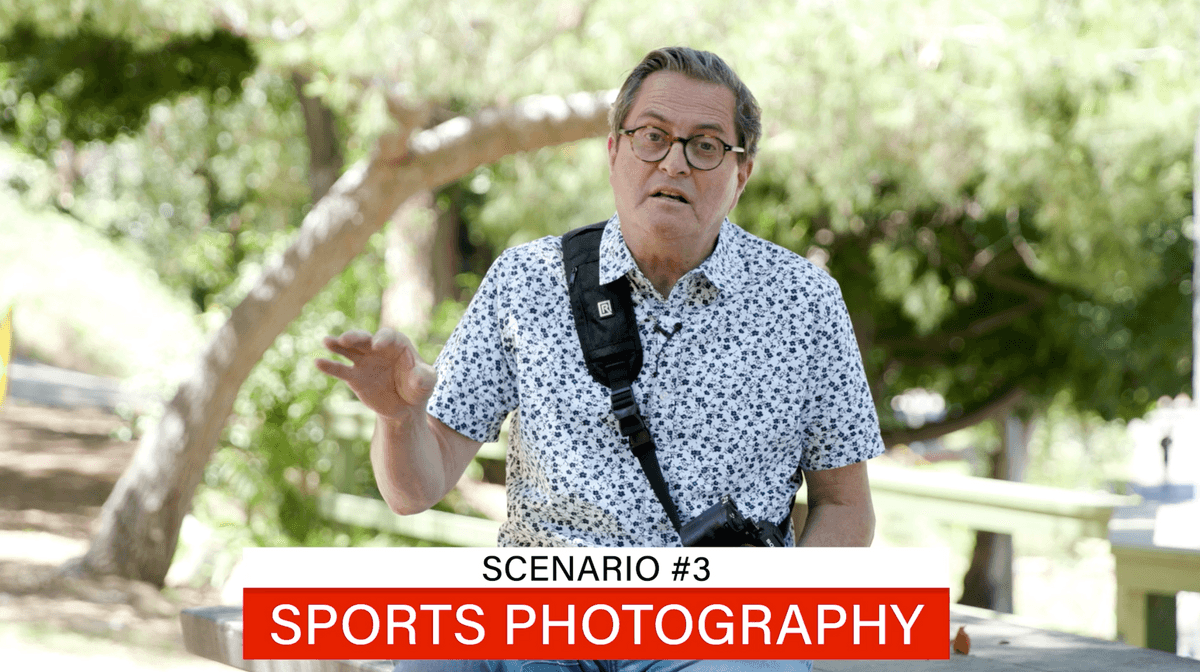 Scenario #3 Sports Photography:
Scenario #3 Sports Photography:
When I sat with Nick Didlick we were shooting soccer at night. He said, “Look, you just have to set your aperture at whatever aperture you want. 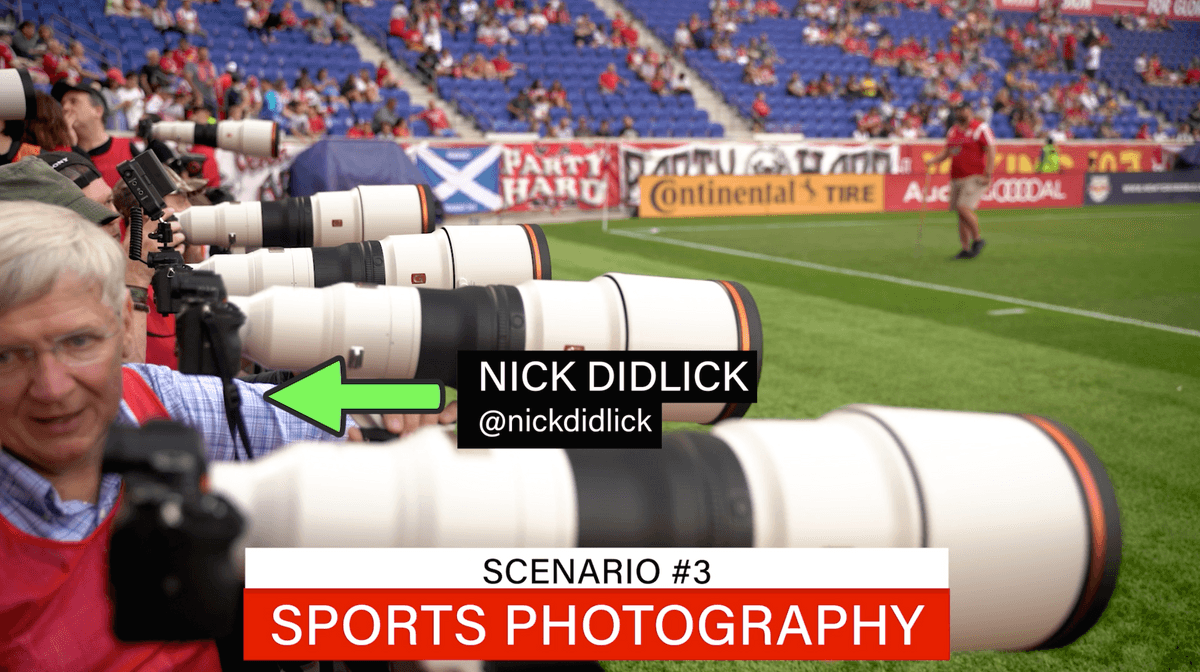 How much do you want to be in focus back there?” and I said, “Not very much.” He said, “Well, open up your aperture. Give it a 2.8 or give it a 3.0 or 5.0. Give yourself something wide open. Then you have to stop the action so set your shutter at 1/4000 sec.” Then I said, “What do I do with the ISO?” He said, “Put it on auto.” So that is exactly how I shot it.
How much do you want to be in focus back there?” and I said, “Not very much.” He said, “Well, open up your aperture. Give it a 2.8 or give it a 3.0 or 5.0. Give yourself something wide open. Then you have to stop the action so set your shutter at 1/4000 sec.” Then I said, “What do I do with the ISO?” He said, “Put it on auto.” So that is exactly how I shot it. 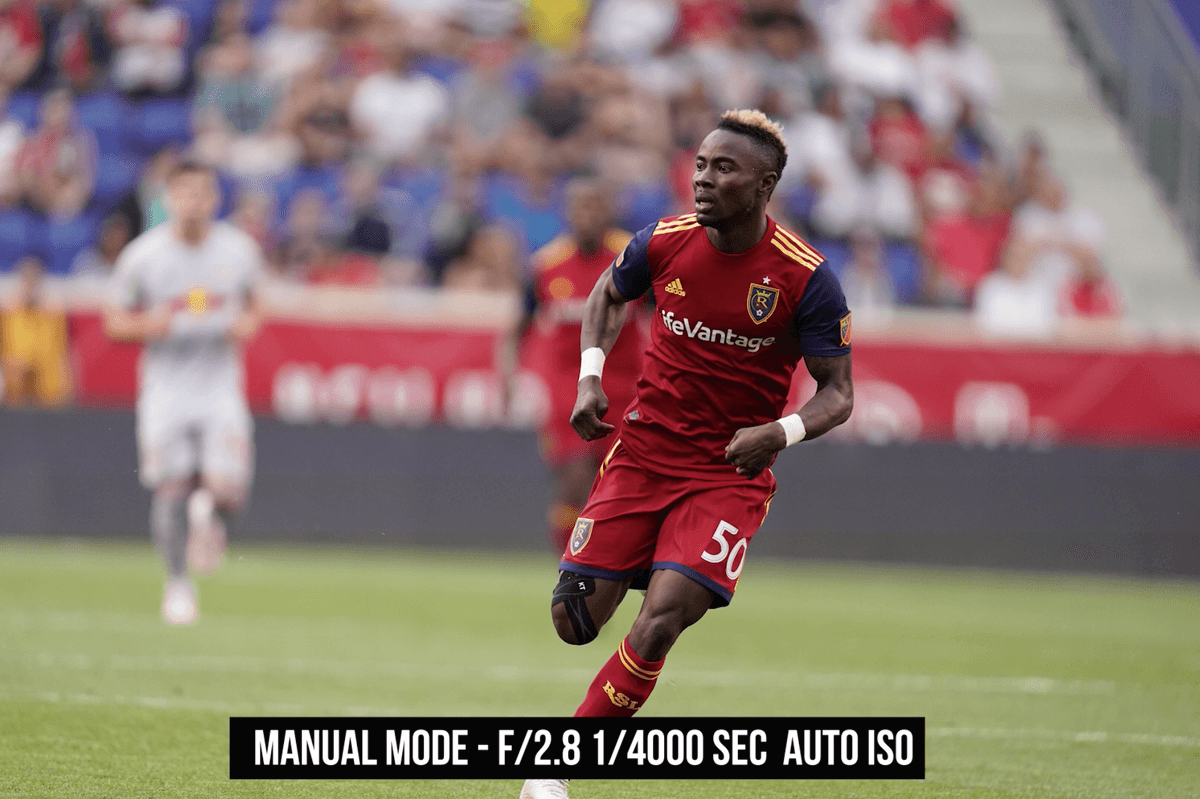 My camera is in manual mode, but I set the ISO on auto. Now I am at f/2.8 and 1/4000 sec. I am going to let the ISO do what it has to do in that arena as I change and as I shoot, move and follow the action.
My camera is in manual mode, but I set the ISO on auto. Now I am at f/2.8 and 1/4000 sec. I am going to let the ISO do what it has to do in that arena as I change and as I shoot, move and follow the action. 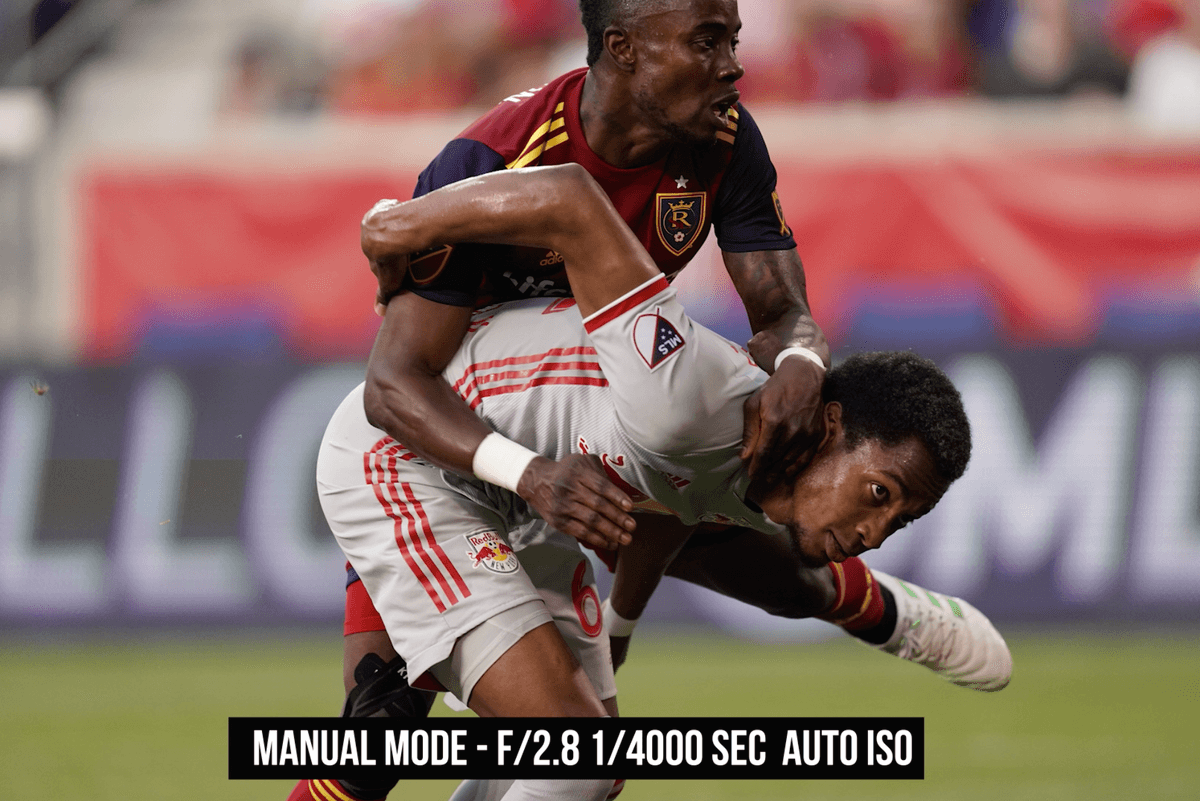 I said, “I’m afraid they are going to be too grainy.” Nick said, “You can have them be too grainy or you can have them be in focus. You have to decide.” So I let the ISO do what it had to do. I am only letting one aspect of the exposure triangle control itself and I let it be the ISO when I am doing sports photography.
I said, “I’m afraid they are going to be too grainy.” Nick said, “You can have them be too grainy or you can have them be in focus. You have to decide.” So I let the ISO do what it had to do. I am only letting one aspect of the exposure triangle control itself and I let it be the ISO when I am doing sports photography.
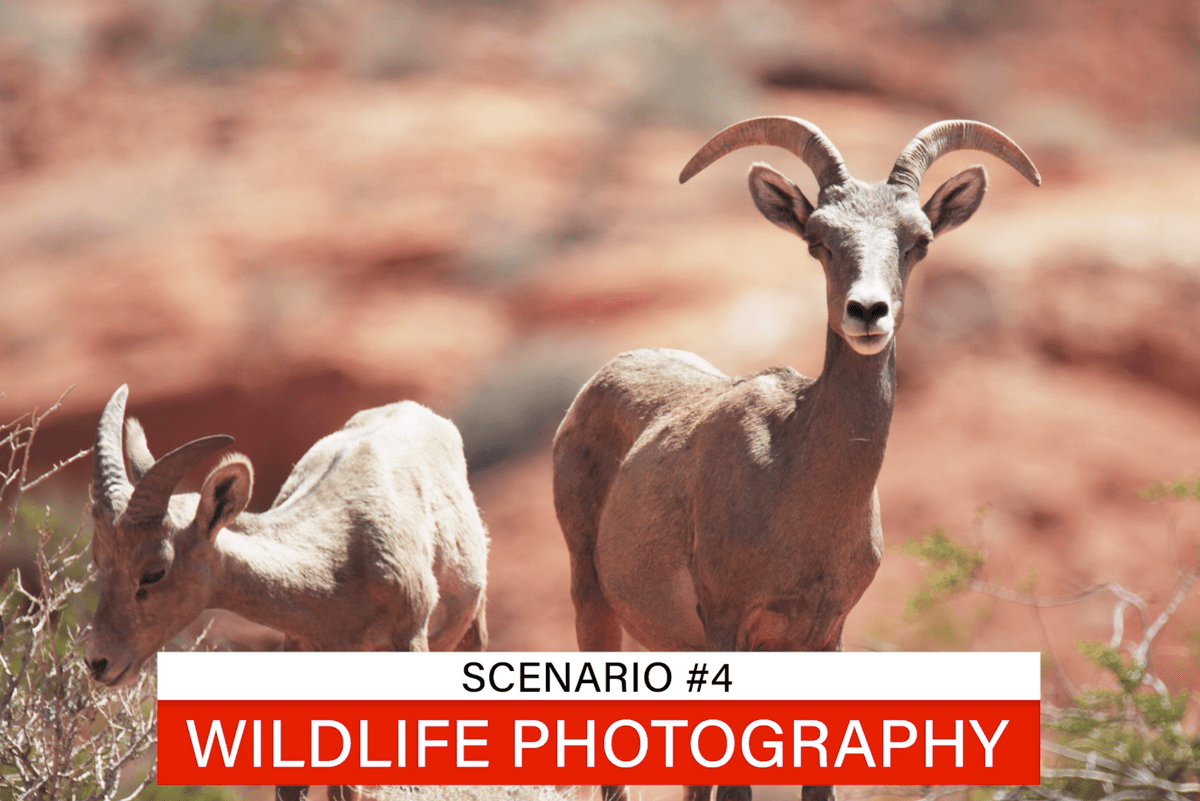 Scenario #4 Wildlife Photography:
Scenario #4 Wildlife Photography:
If I am shooting Bighorn Sheep in the Valley of Fire I am going to be on aperture priority because I want the background to fall out of focus. And then I am going to set my ISO at 100 because I want a clean image. 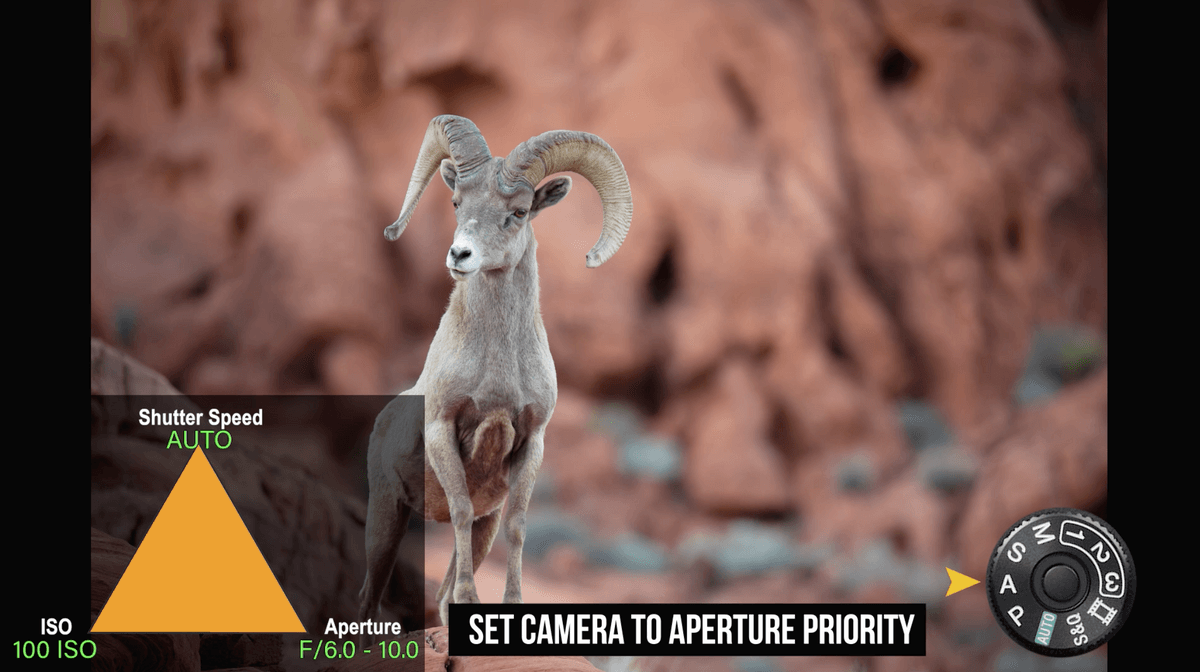 And I am going to let the shutter do what it has to do to get the shot. I have shot that way almost every time I have shot animals because they are moving and you are trying to keep up with them. There’s a great shot over there. There’s another great shot over there. You are changing all of the time.
And I am going to let the shutter do what it has to do to get the shot. I have shot that way almost every time I have shot animals because they are moving and you are trying to keep up with them. There’s a great shot over there. There’s another great shot over there. You are changing all of the time. 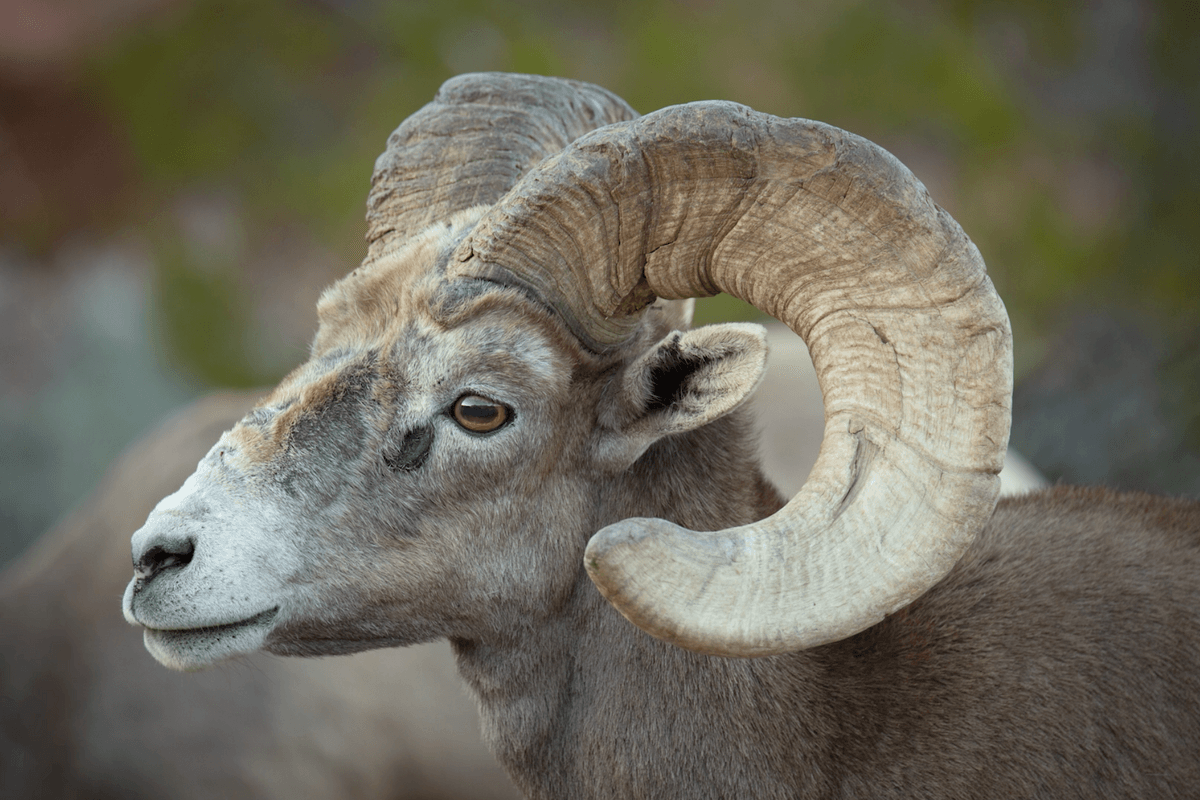 So it just becomes too hard. It’s too slow to be able to use manual settings to be able to get your shutter and aperture and to be able to get a shot before they leave. So when I photograph animals I am usually in aperture priority unless I want to freeze the action.
So it just becomes too hard. It’s too slow to be able to use manual settings to be able to get your shutter and aperture and to be able to get a shot before they leave. So when I photograph animals I am usually in aperture priority unless I want to freeze the action. 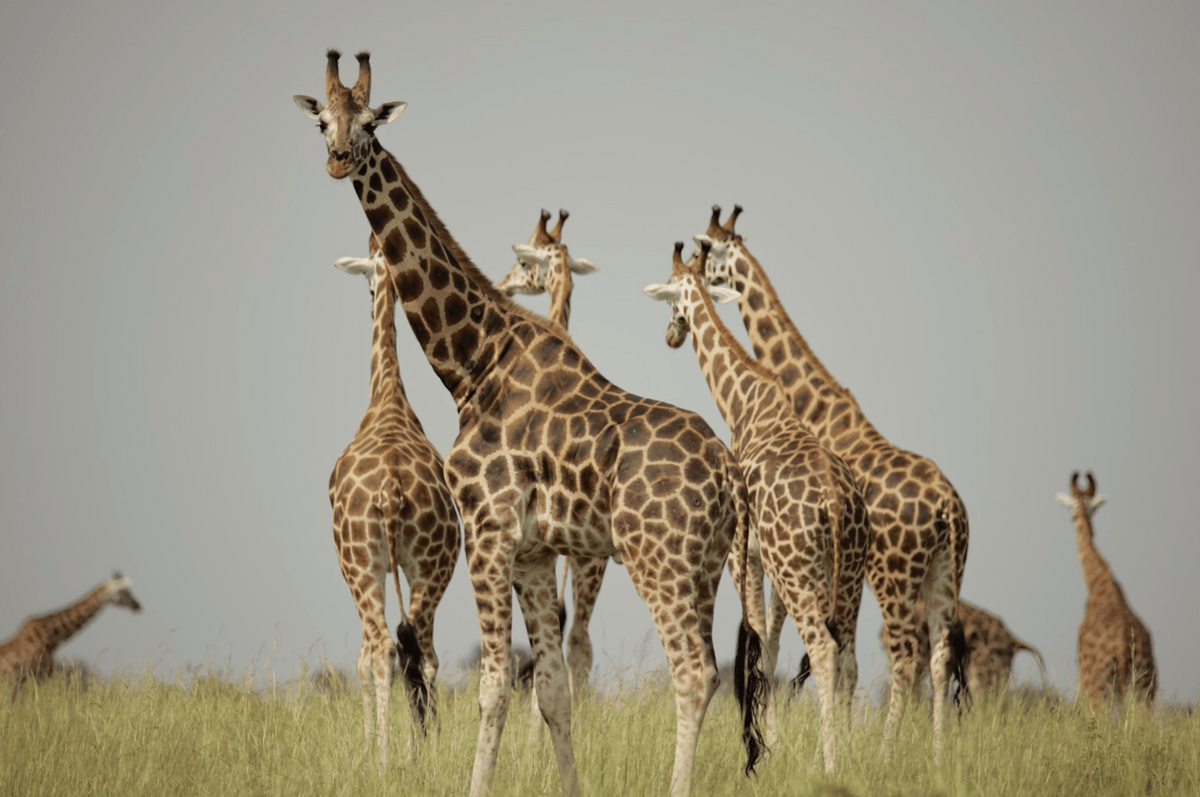
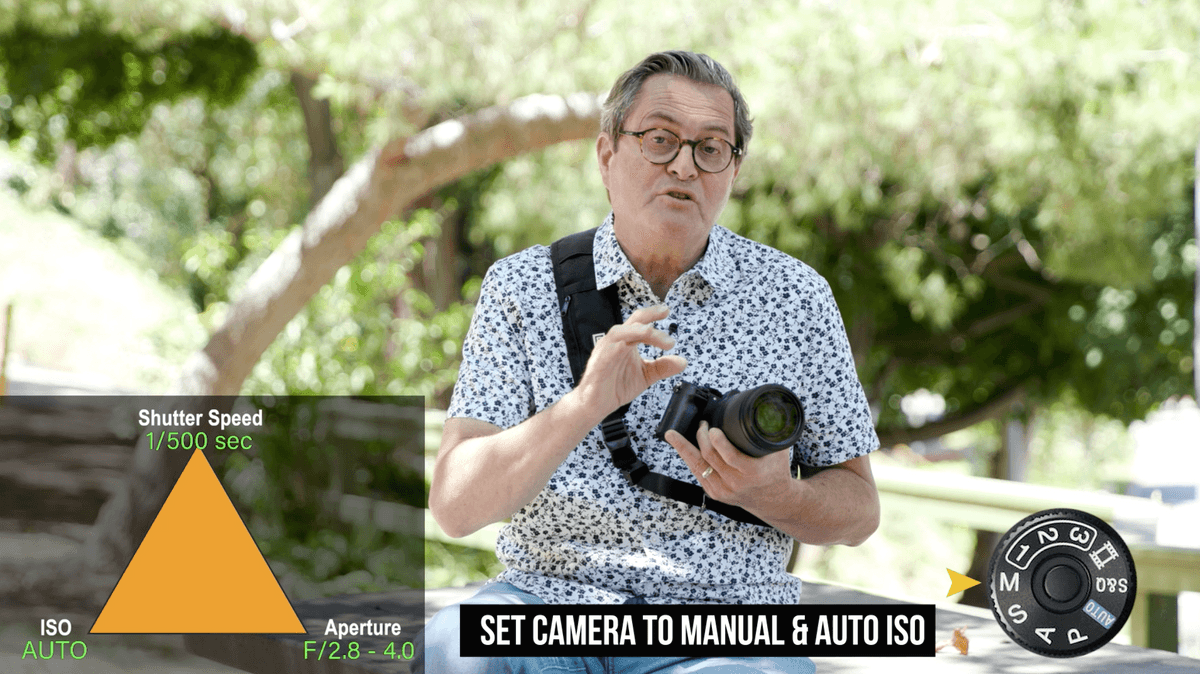 Then I go to manual, so I can choose my aperture and my shutter. Shallow depth of field, stop the action and then I go to auto ISO. If I am shooting birds, hummingbirds, I can follow the birds.
Then I go to manual, so I can choose my aperture and my shutter. Shallow depth of field, stop the action and then I go to auto ISO. If I am shooting birds, hummingbirds, I can follow the birds. 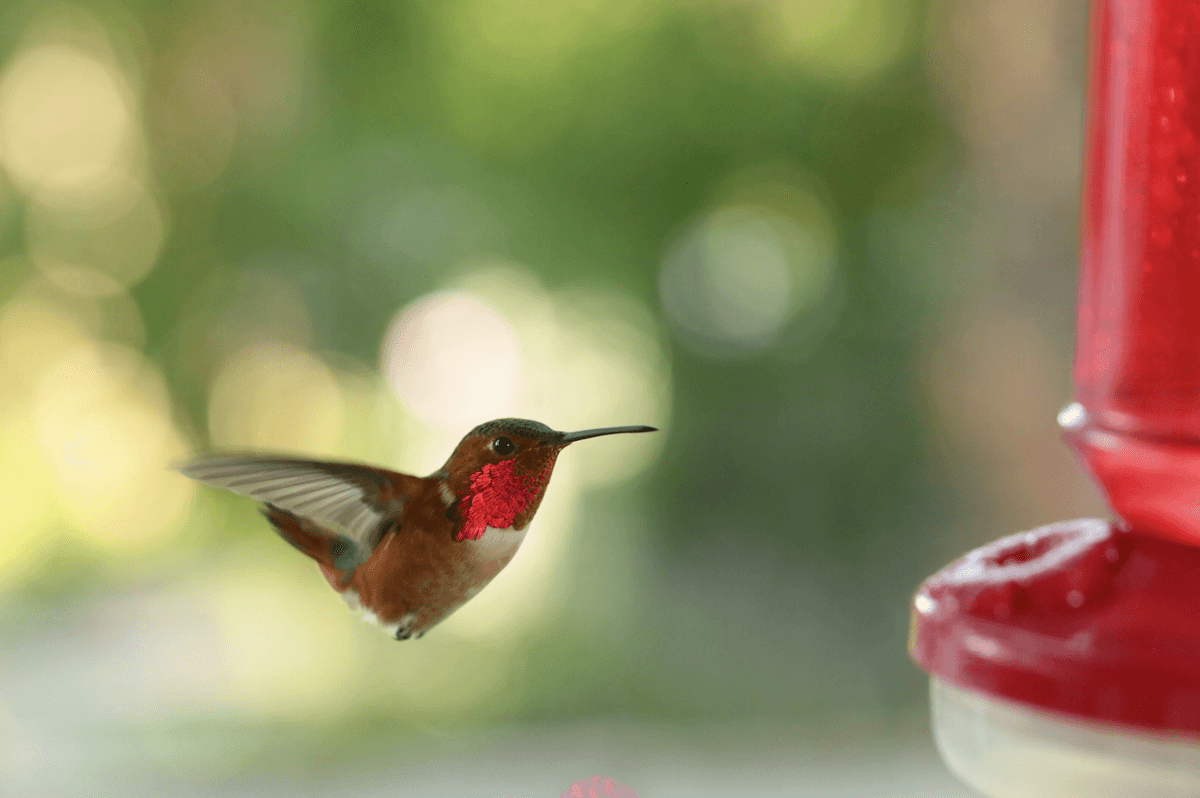 I can frame and I can shoot and that auto ISO is going to let me reframe and shoot quickly in order to stay with the birds. I shot horse racing. I was trying to stay on the horses and the background is changing, it’s going all over the place getting darker and brighter.
I can frame and I can shoot and that auto ISO is going to let me reframe and shoot quickly in order to stay with the birds. I shot horse racing. I was trying to stay on the horses and the background is changing, it’s going all over the place getting darker and brighter. 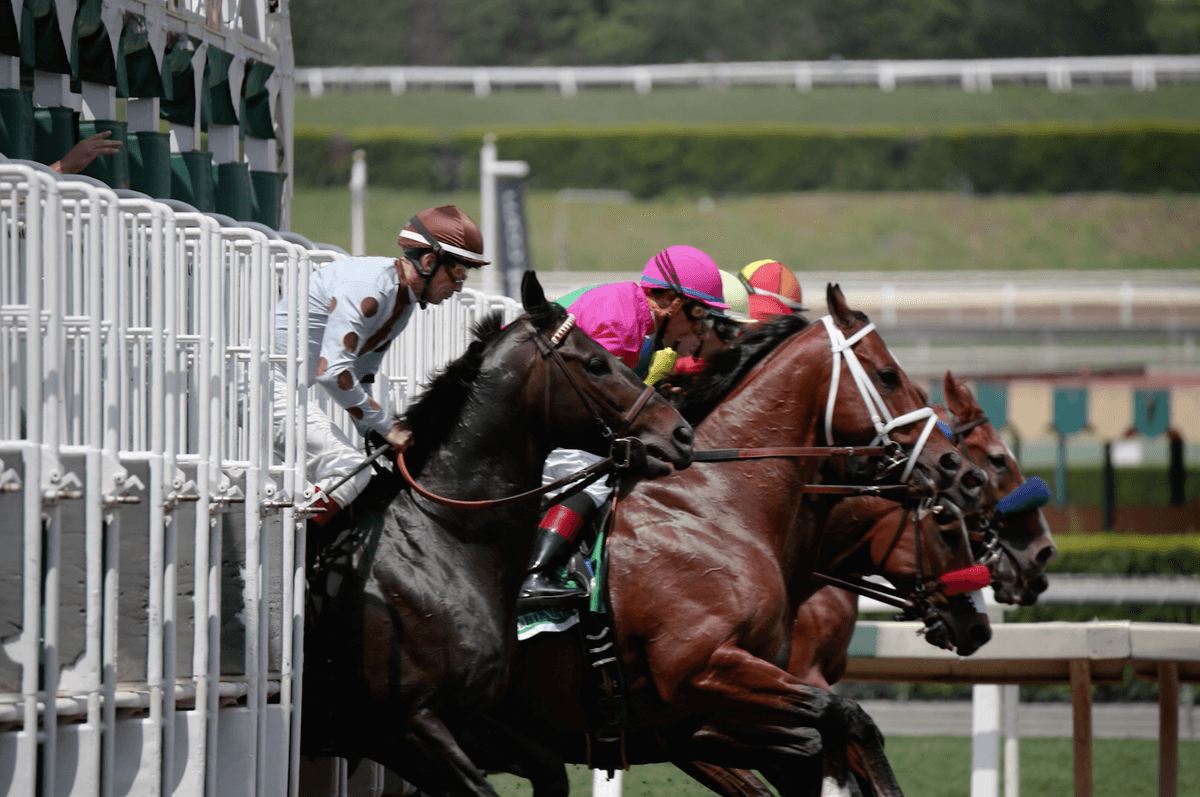 Auto ISO allows me to stay with it and shoot, shoot, shoot, shoot. The auto ISO gives me a correct exposure every time. So if I got motion with the animals and I am trying to freeze that motion then I will go to manual and use that shutter to stop that motion.
Auto ISO allows me to stay with it and shoot, shoot, shoot, shoot. The auto ISO gives me a correct exposure every time. So if I got motion with the animals and I am trying to freeze that motion then I will go to manual and use that shutter to stop that motion. 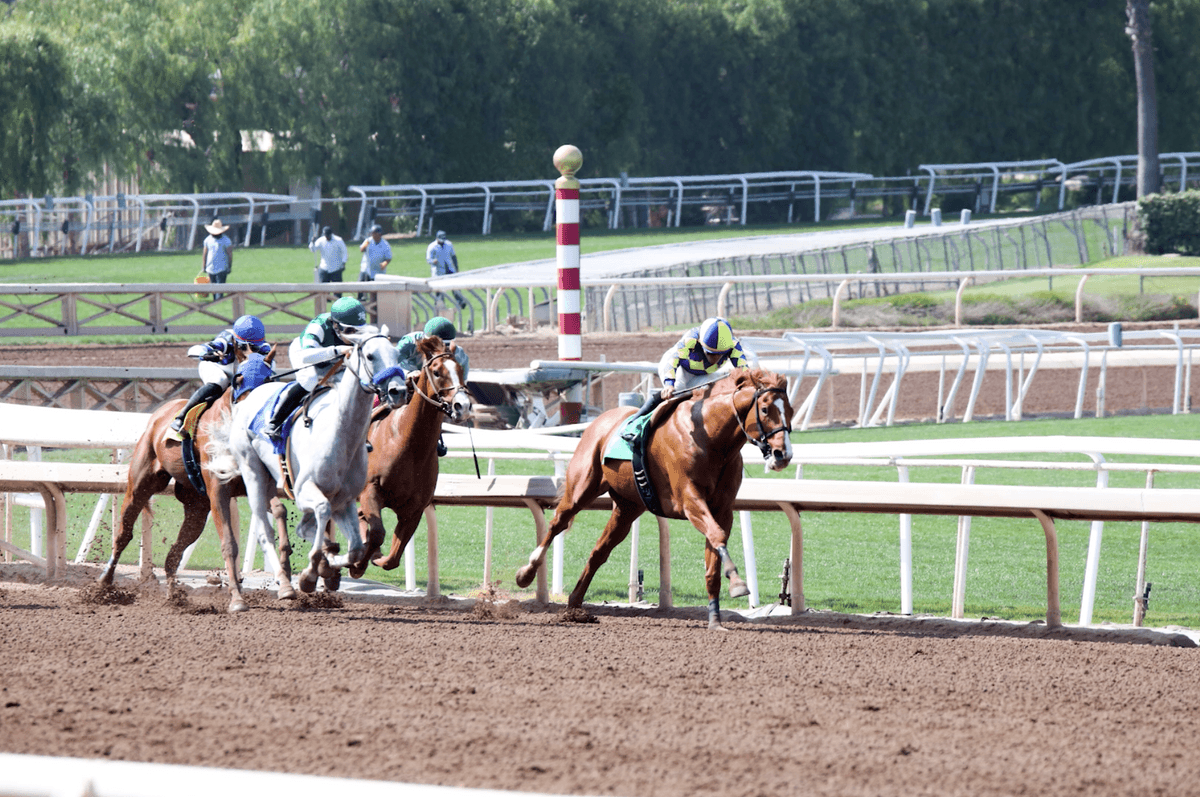 I can use my aperture to give me more or less depth of field. And then auto ISO gives me the correct exposure as I change and frame and shoot.
I can use my aperture to give me more or less depth of field. And then auto ISO gives me the correct exposure as I change and frame and shoot.
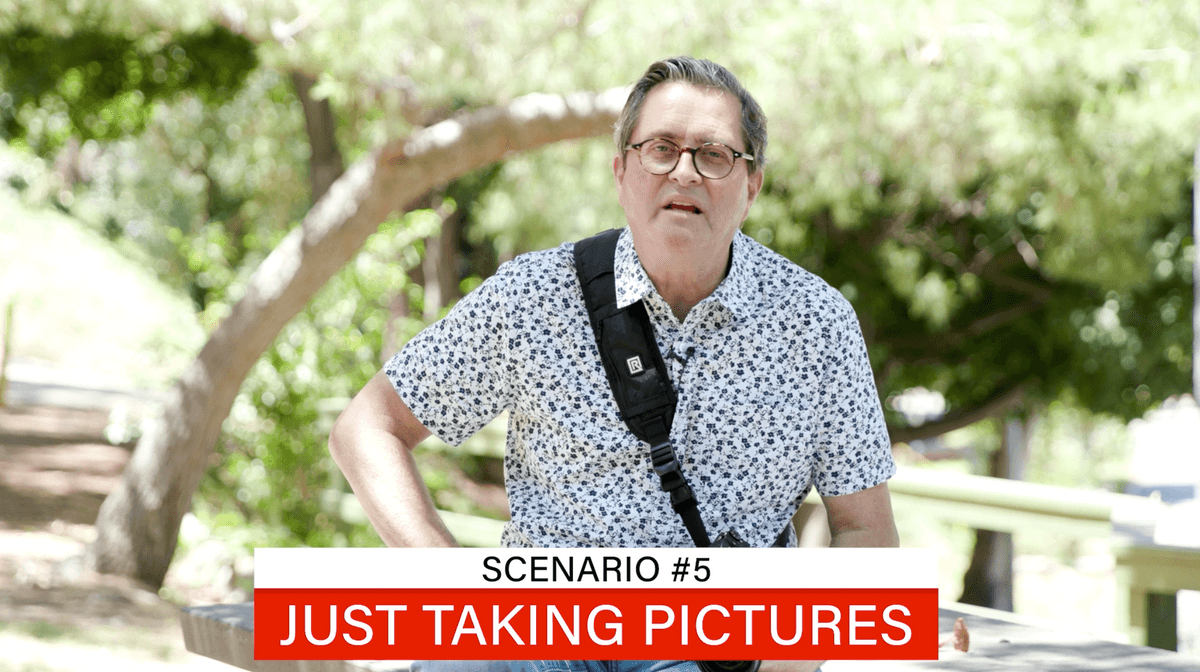 Scenario #5 Just Taking Pictures:
Scenario #5 Just Taking Pictures:
I am walking around New York City. And I am just enjoying the day. And you know what, I don’t want to think about this. I want to just take pictures and have a good time. So I just set my camera on aperture priority f/3.5 or 4.0. 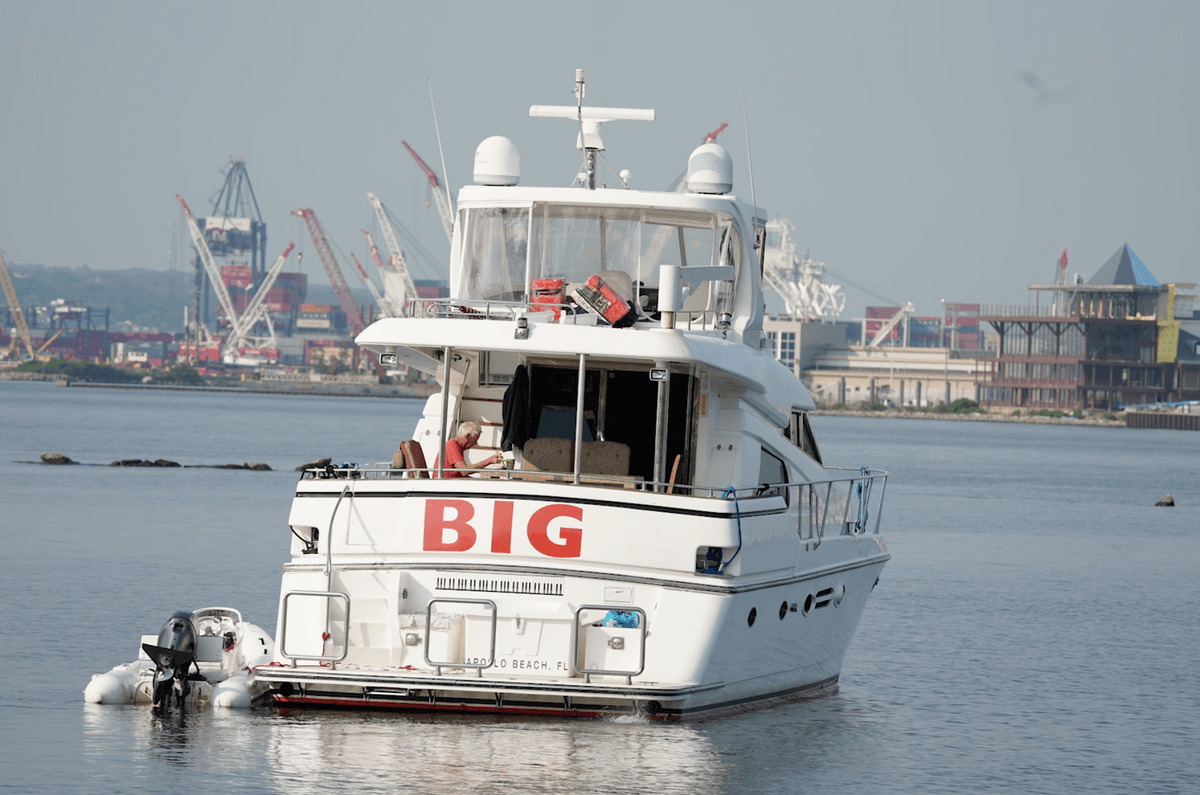 And I just shoot and enjoy the day and I don’t have to think. So sometimes it just allows you to frame and shoot and enjoy the day and not have to think. And that can be a good thing too.
And I just shoot and enjoy the day and I don’t have to think. So sometimes it just allows you to frame and shoot and enjoy the day and not have to think. And that can be a good thing too.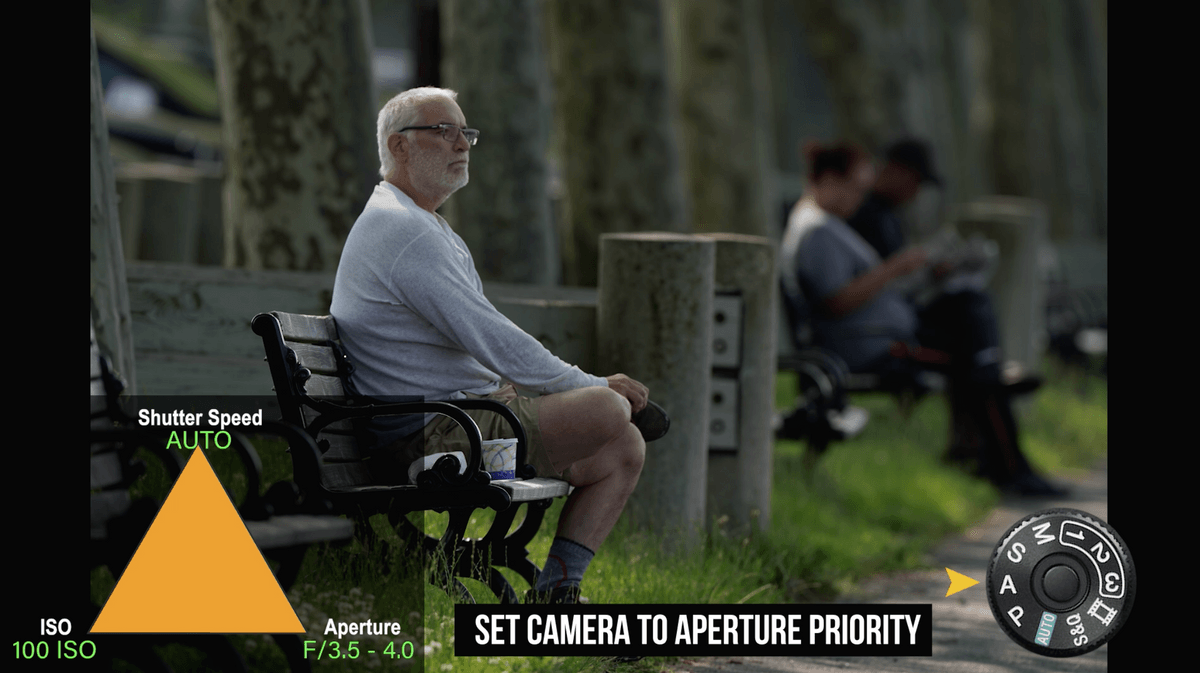
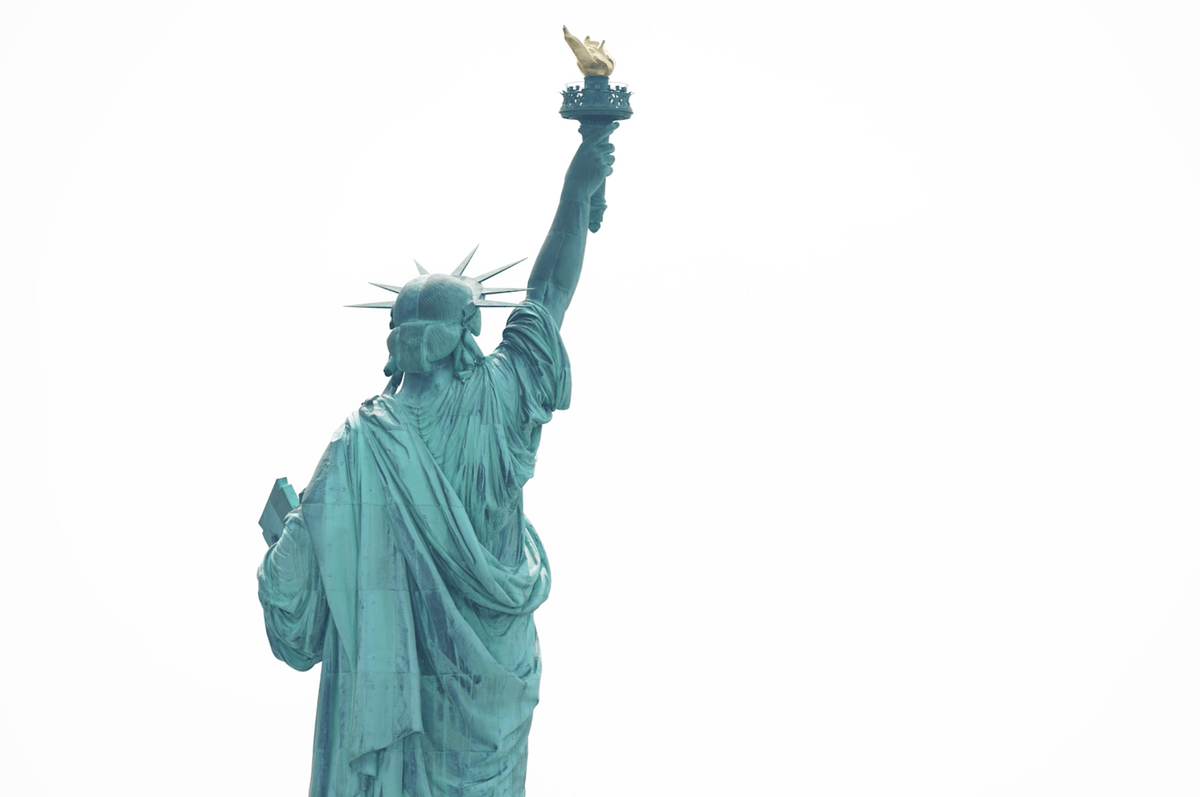 So to wrap this up stop shooting on manual all of the time because there are situations where an automatic mode on your camera is going to give you a quick, fast and amazing result.
So to wrap this up stop shooting on manual all of the time because there are situations where an automatic mode on your camera is going to give you a quick, fast and amazing result.
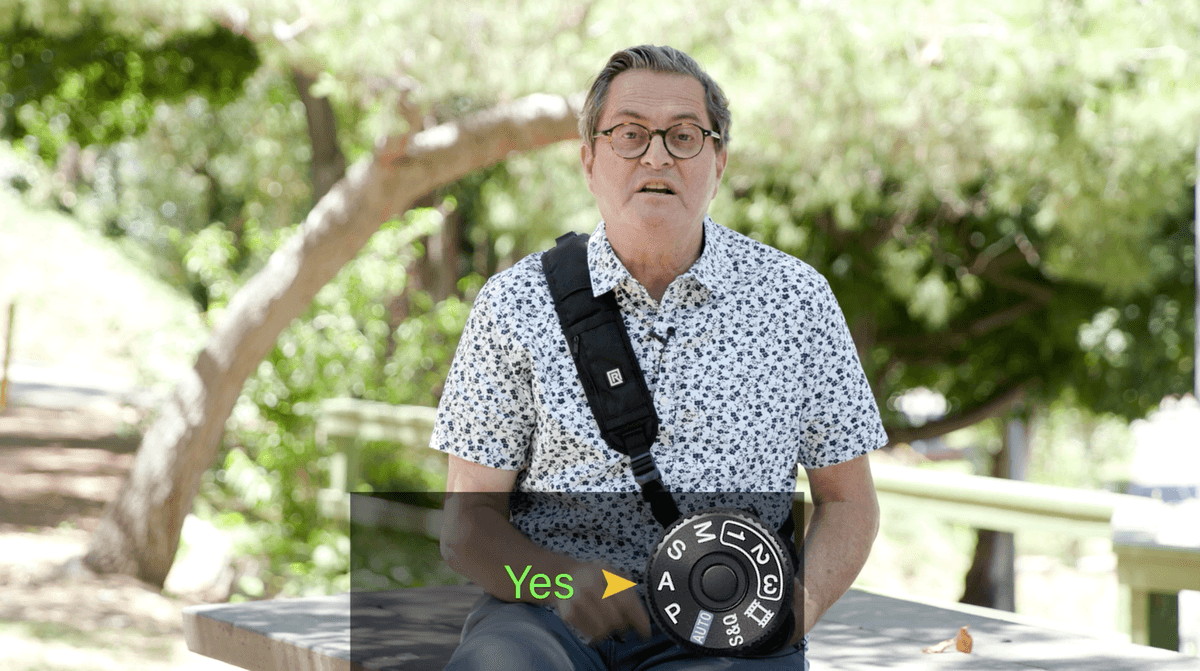
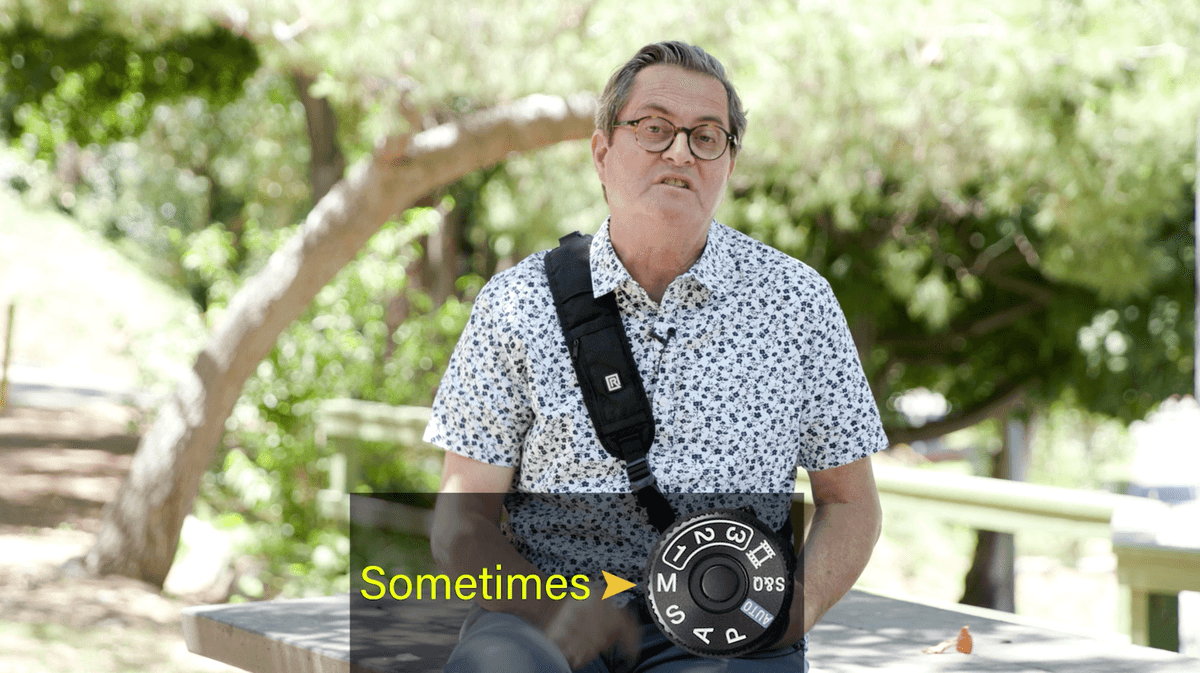 When do I shoot entirely on manual? When I want complete control of the situation and I have complete control of the situation. If I am in the studio with strobes, I am on manual everything.
When do I shoot entirely on manual? When I want complete control of the situation and I have complete control of the situation. If I am in the studio with strobes, I am on manual everything. 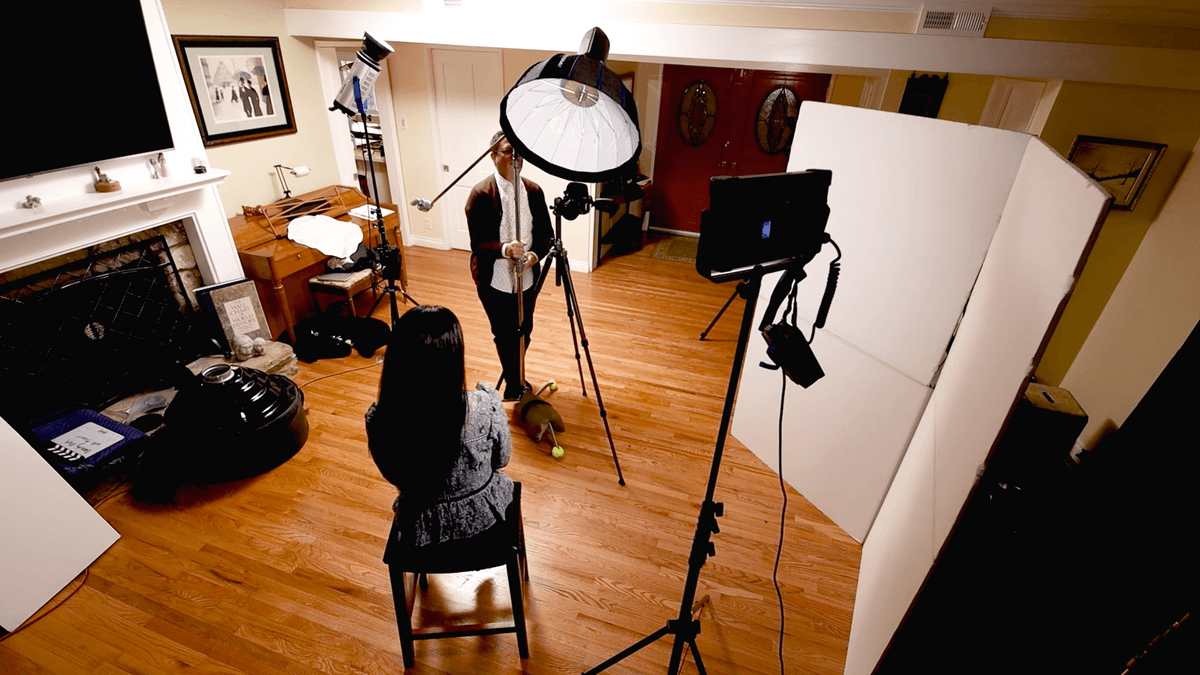 Because I have complete control there. Things aren’t happening super fast. I can stay up with it. I can focus. I can shoot. It works perfectly. (Westcott FJ400 Strobes used in these indoor and outdoor portraits.)
Because I have complete control there. Things aren’t happening super fast. I can stay up with it. I can focus. I can shoot. It works perfectly. (Westcott FJ400 Strobes used in these indoor and outdoor portraits.)
Outside with strobes I want to be on manual because I’ll match the power of my strobes to my aperture. Then I will drag or shorten the shutter to give me the ambient that I want to make the image look good. 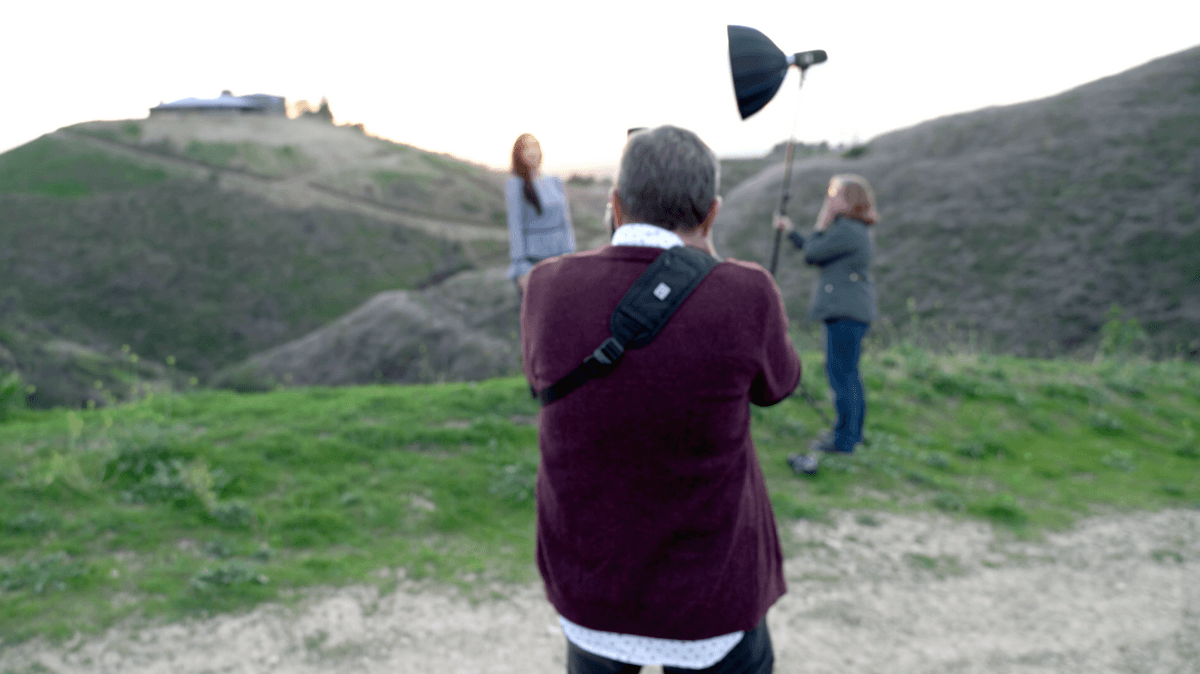 So I got to have complete control in that situation of my aperture, shutter and ISO. Even if I am using a speedlight. It never makes sense to use a TTL light when you are not on manual.
So I got to have complete control in that situation of my aperture, shutter and ISO. Even if I am using a speedlight. It never makes sense to use a TTL light when you are not on manual. 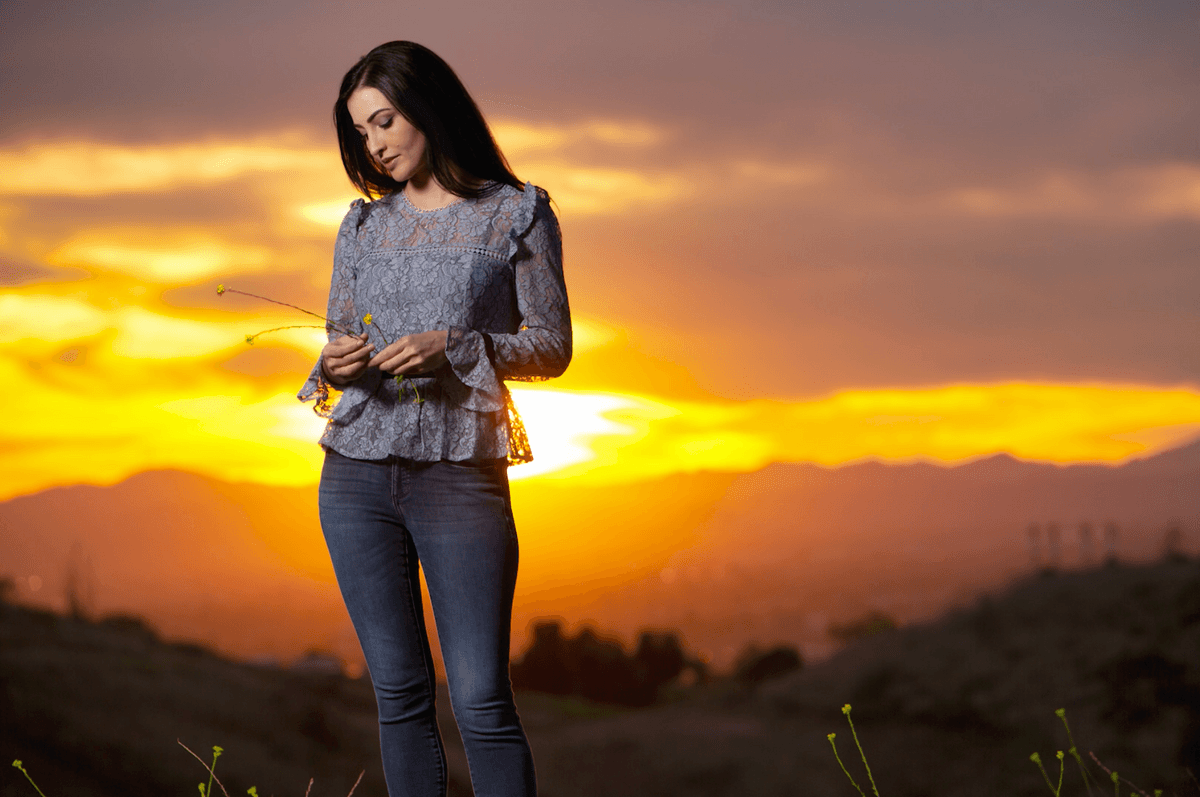 You get the best exposure for the situation and that TTL is going to give you a little flash to fill it in. The minute those strobes go away and I am trying to shoot fast, I am almost always on some kind of a priority mode on my camera.
You get the best exposure for the situation and that TTL is going to give you a little flash to fill it in. The minute those strobes go away and I am trying to shoot fast, I am almost always on some kind of a priority mode on my camera. 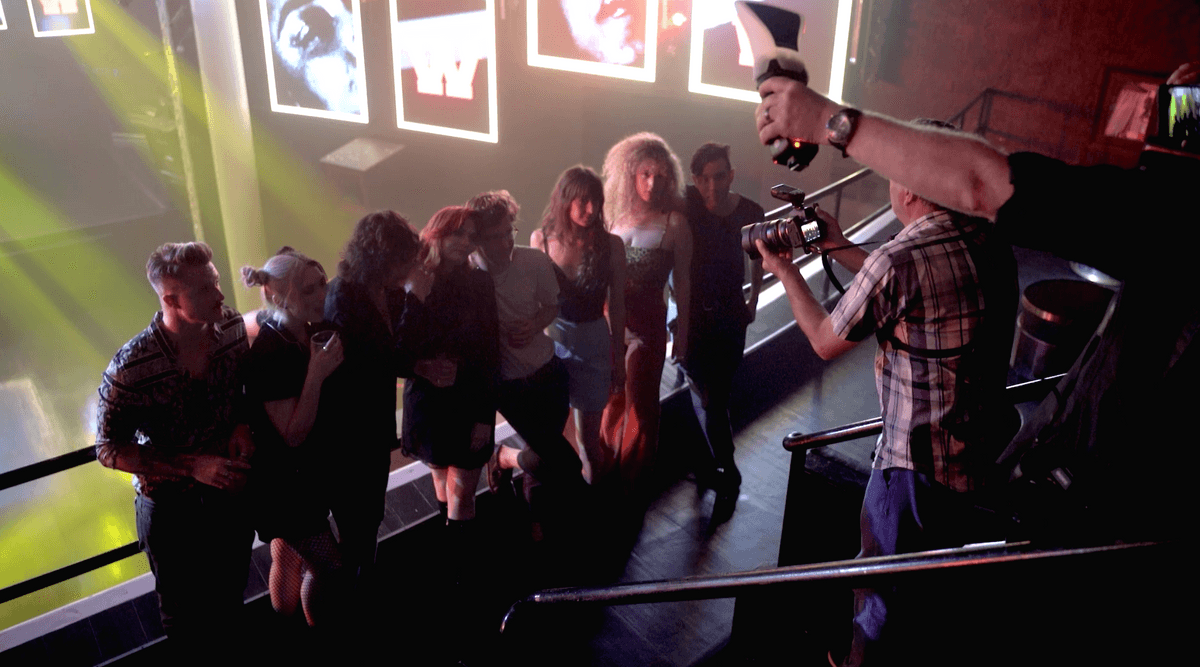 (Kobra Flash Modifier used in these flash images.)
(Kobra Flash Modifier used in these flash images.)
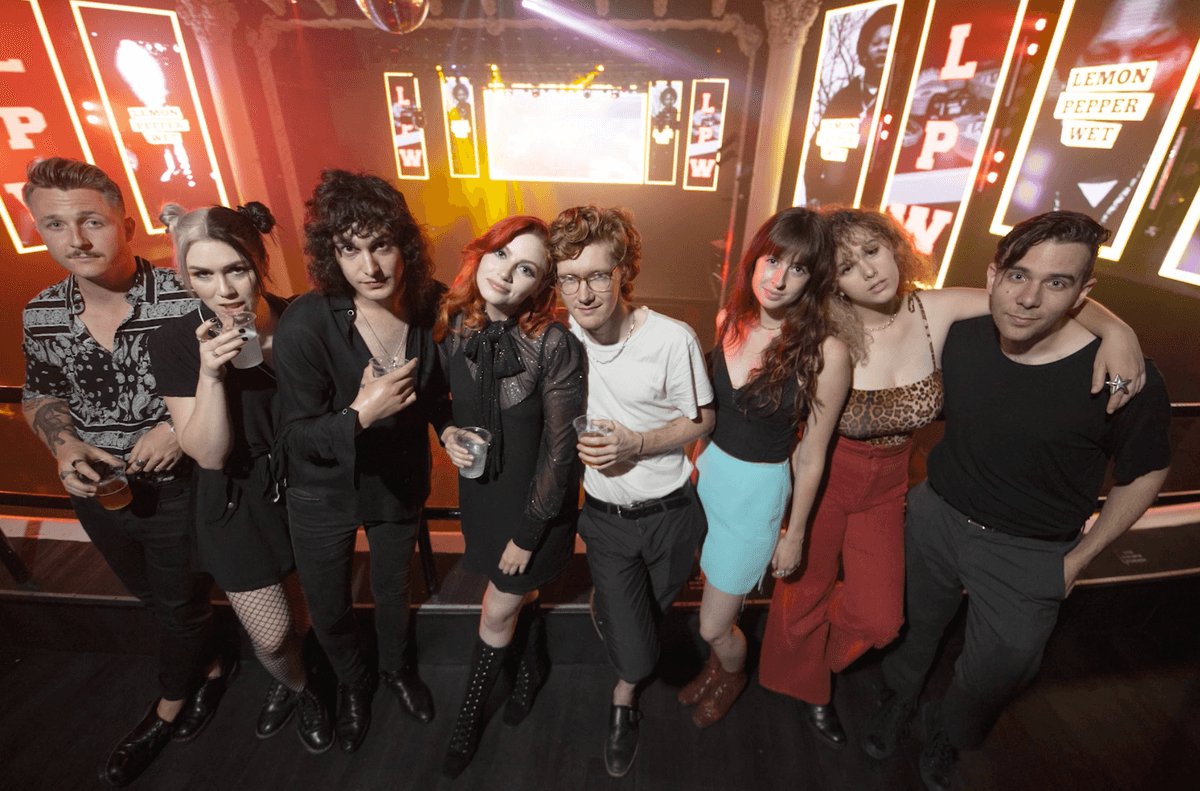
Remember the rule of thumb is, never let your camera control more than one of the exposure triangle. As long as you control two of the exposure triangle you will always be in control of the creative process and you will get the images that you creatively want to get.
If you are confused by any of terms we have used here today, aperture, shutter and compensation, check out some videos we have here on The Slanted Lens. They will teach you about shutter and aperture. And help you to understand it completely so you have a foundation to be able to control those, both in a manual mode and in a priority mode.
There are lots of ways to connect with us on The Slanted Lens: Facebook, YouTube, Twitter and Instagram. Make sure you keep those cameras rollin’ and keep on clickin’.
(Platypod used in shooting this shot.)
